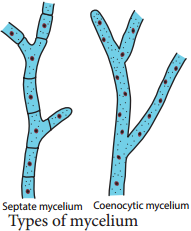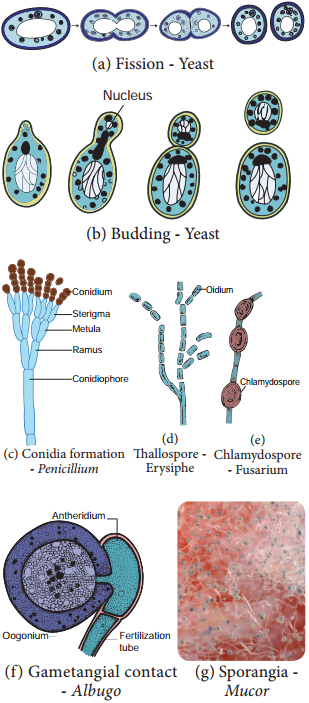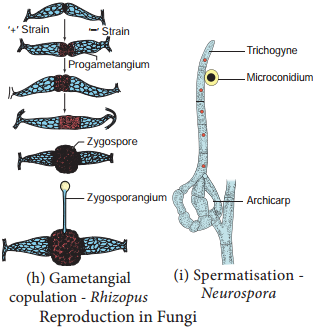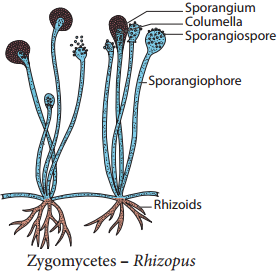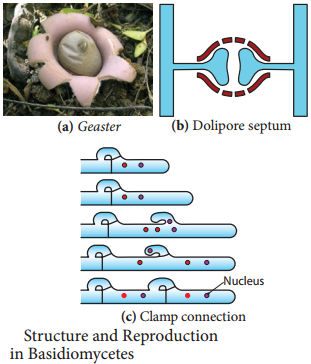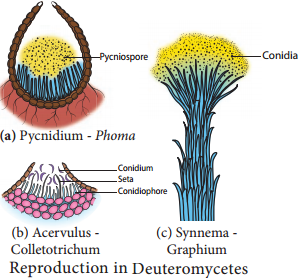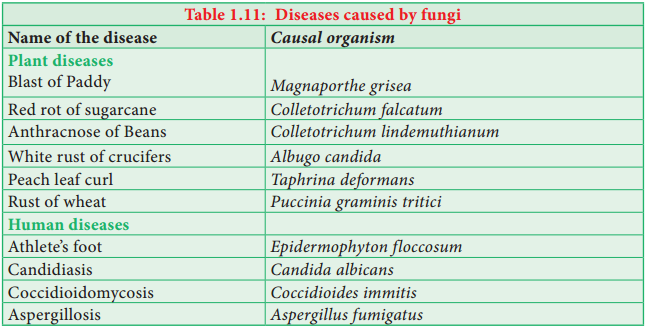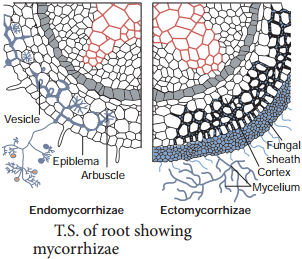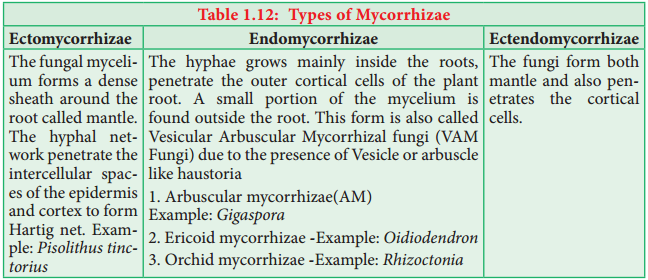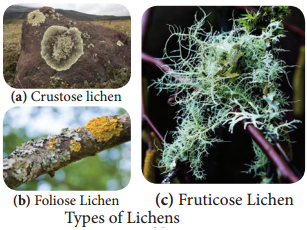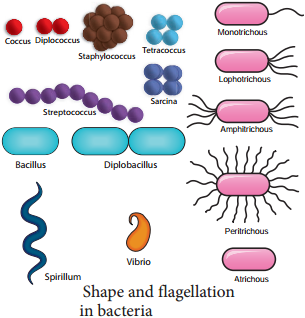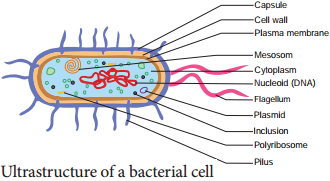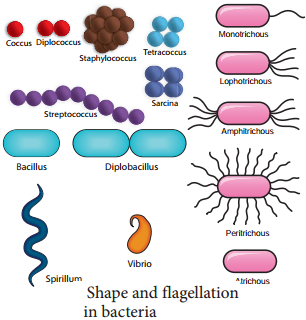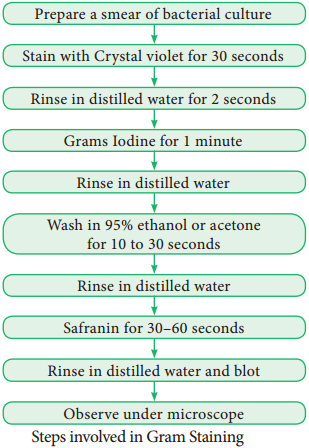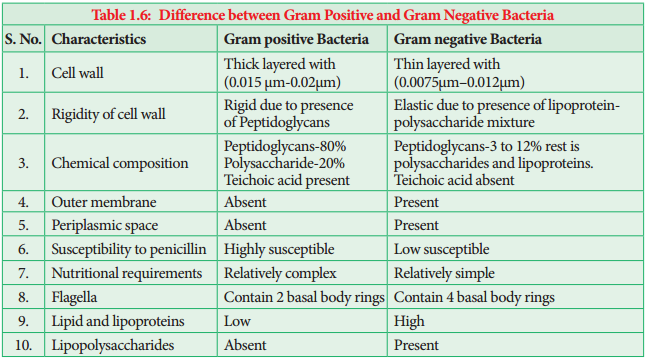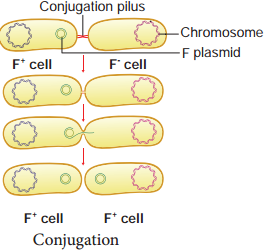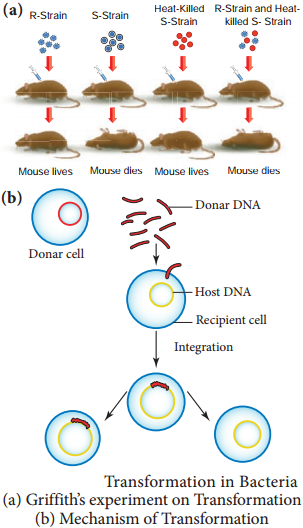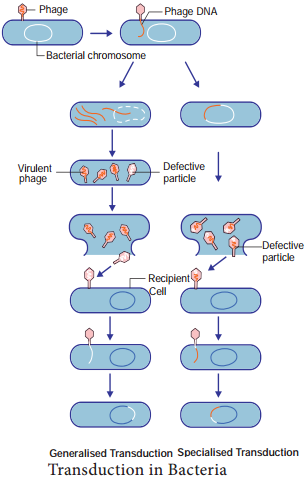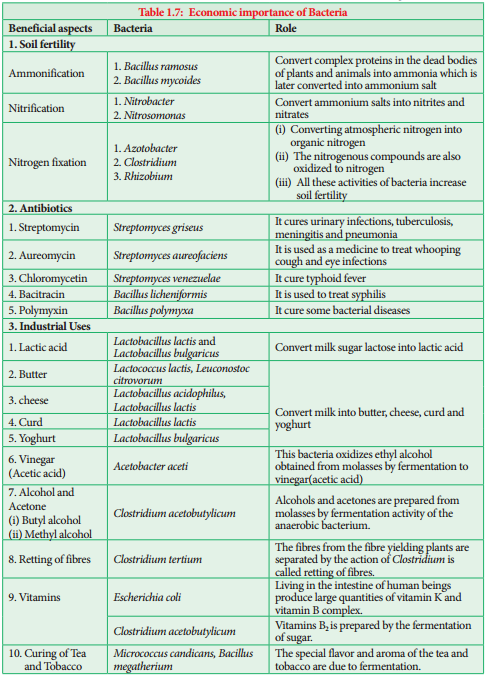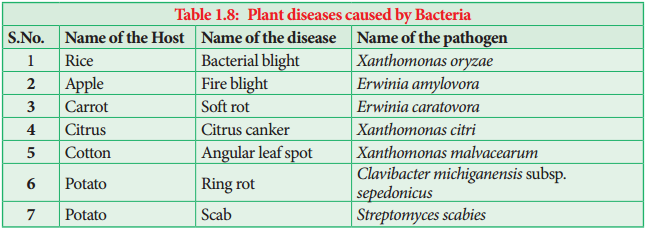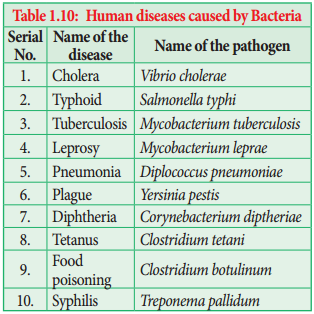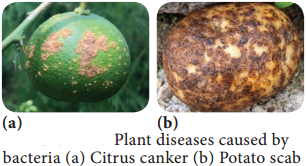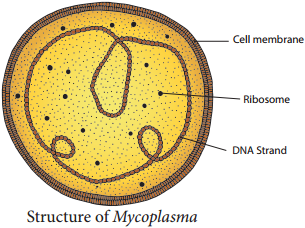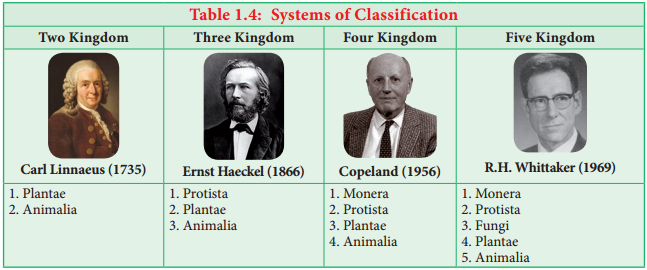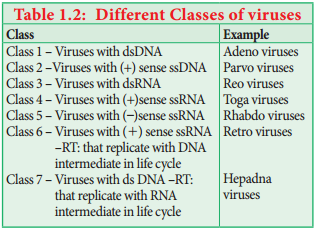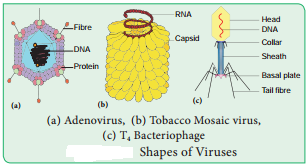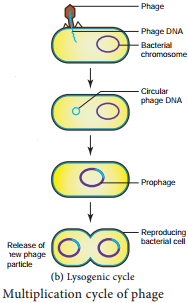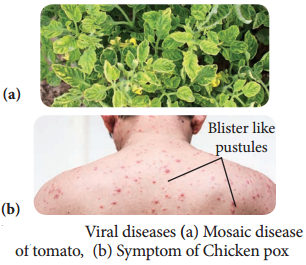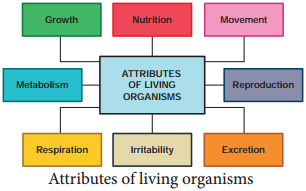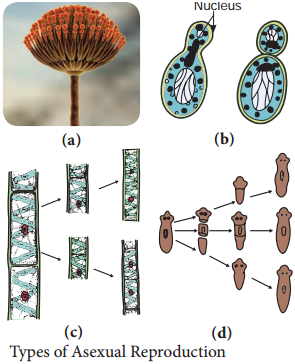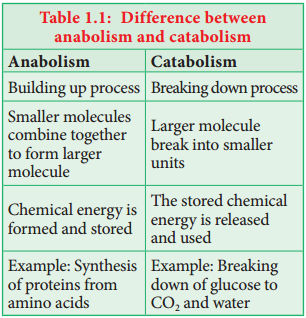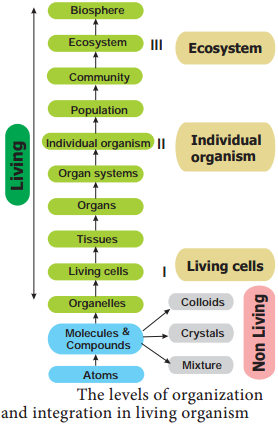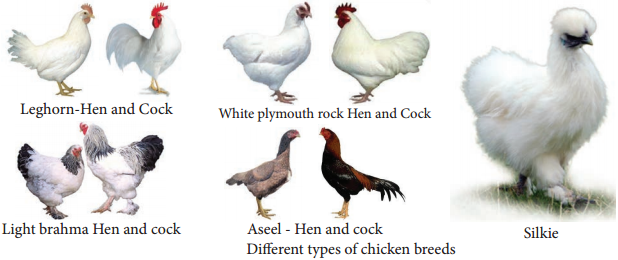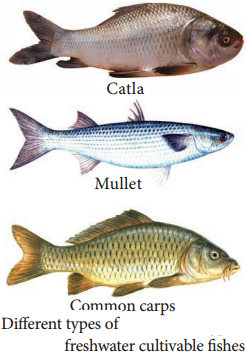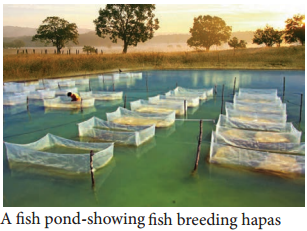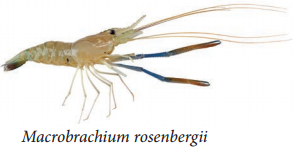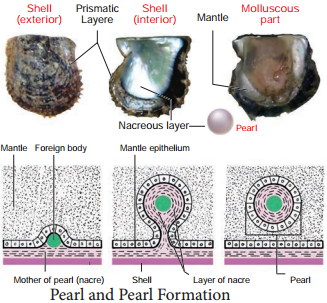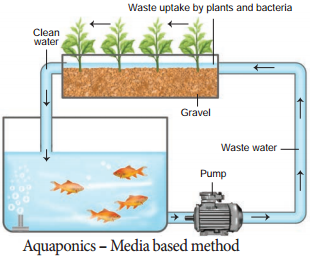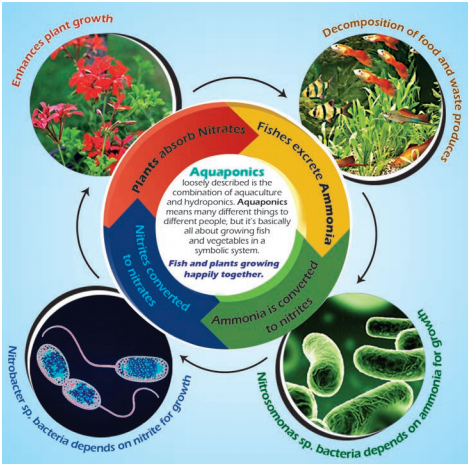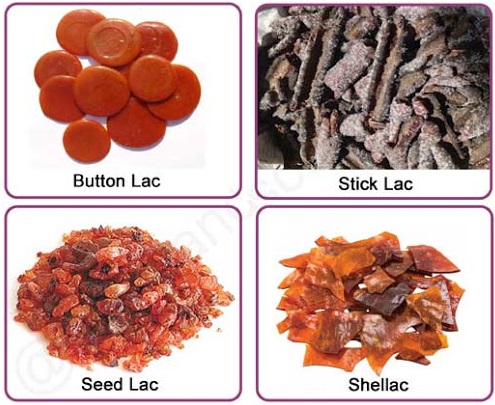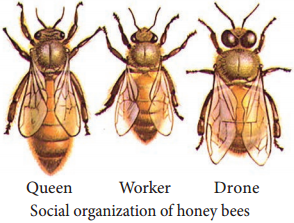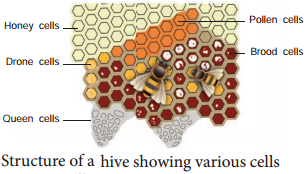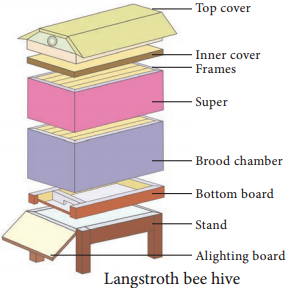Learninsta presents the core concepts of Biology with high-quality research papers and topical review articles.
Life Cycle Patterns in Plants
Alternation of Generation
Alternation of generation is common in all plants. Alternation of the haploid gametophytic phase (n) with diploid sporophytic phase (2n) during the life cycle is called alternation of generation. Following type of life cycles are found in plants (Figure 2.2).
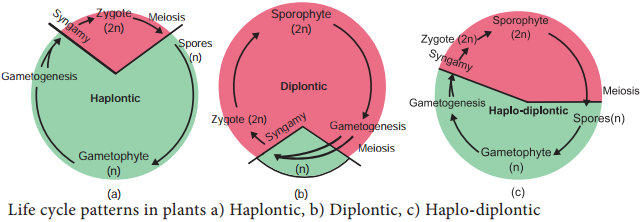
Haplontic Life Cycle
Gametophytic phase is dominant, photosynthetic and independent, whereas sporophytic phase is represented by the zygote. Zygote undergoes meiosis to restore haploid condition. Example: Volvox, Spirogyra.
Diplontic Life Cycle
Sporophytic phase (2n) is dominant, photosynthetic and independent. The gametophytic phase is represented by the single to few celled gametophyte. The gametes fuse to form zygote which develops into sporophyte. Example: Fucus, gymnosperms and angiosperms.
Haplodiplontic Life Cycle
This type of life cycle is found in bryophytes and pteridophytes which is intermediate between haplontic and diplontic type. Both the phases are multicellular but they differ in their dominant phase.
In bryophytes dominant independent phase is gametophyte and it alternates with short-lived multicellular sporophyte totally or partially dependent on the gametophyte. In pteridophytes sporophyte is the independent phase. It alternates with multicellular saprophytic or autotrophic, independent, short lived gametophyte (n).
There are three different plant life cycles: haploid (1n), diploid (2n), and the more common haploid-diploid (1n-2n). A haploid organism consists of a multicellular structure of cells that contain only one set of chromosomes, whereas, a diploid organism’s multicellular stage contains two sets of chromosomes.
Plants have two distinct stages in their lifecycle: the gametophyte stage and the sporophyte stage. The haploid gametophyte produces the male and female gametes by mitosis in distinct multicellular structures. Fusion of the male and females gametes forms the diploid zygote, which develops into the sporophyte.
Alternation of generations is a type of life cycle found in terrestrial plants and some algae in which subsequent generations of individuals alternate between haploid and diploid organisms. This can be contrasted to sexual reproduction in animals, in which both haploid and diploid cells are found in every generation.
Plants alternate between the diploid sporophyte and haploid gametophyte, and between asexual and sexual reproduction. Therefore, the life cycle of plants is known as alternation of generations. In tracheophytes, the dominant generation is diploid and the sporophyte comprises the main plant.
Flowering plants all go through the same stages of a life cycle, but the length of time they take varies a lot between species. Some plants go though their complete cycle in a few weeks – others take many years. Annuals are plants that grow from a seed, then flower and make new seeds, then die, all in less than a year.
Some animals lay eggs with shells as the first stage of their life cycle. Birds and reptiles lay eggs that are covered by protective shells. The eggs hatch when the baby animal breaks through the protective shell. The young animal that emerges has many of the same features as the adult.
